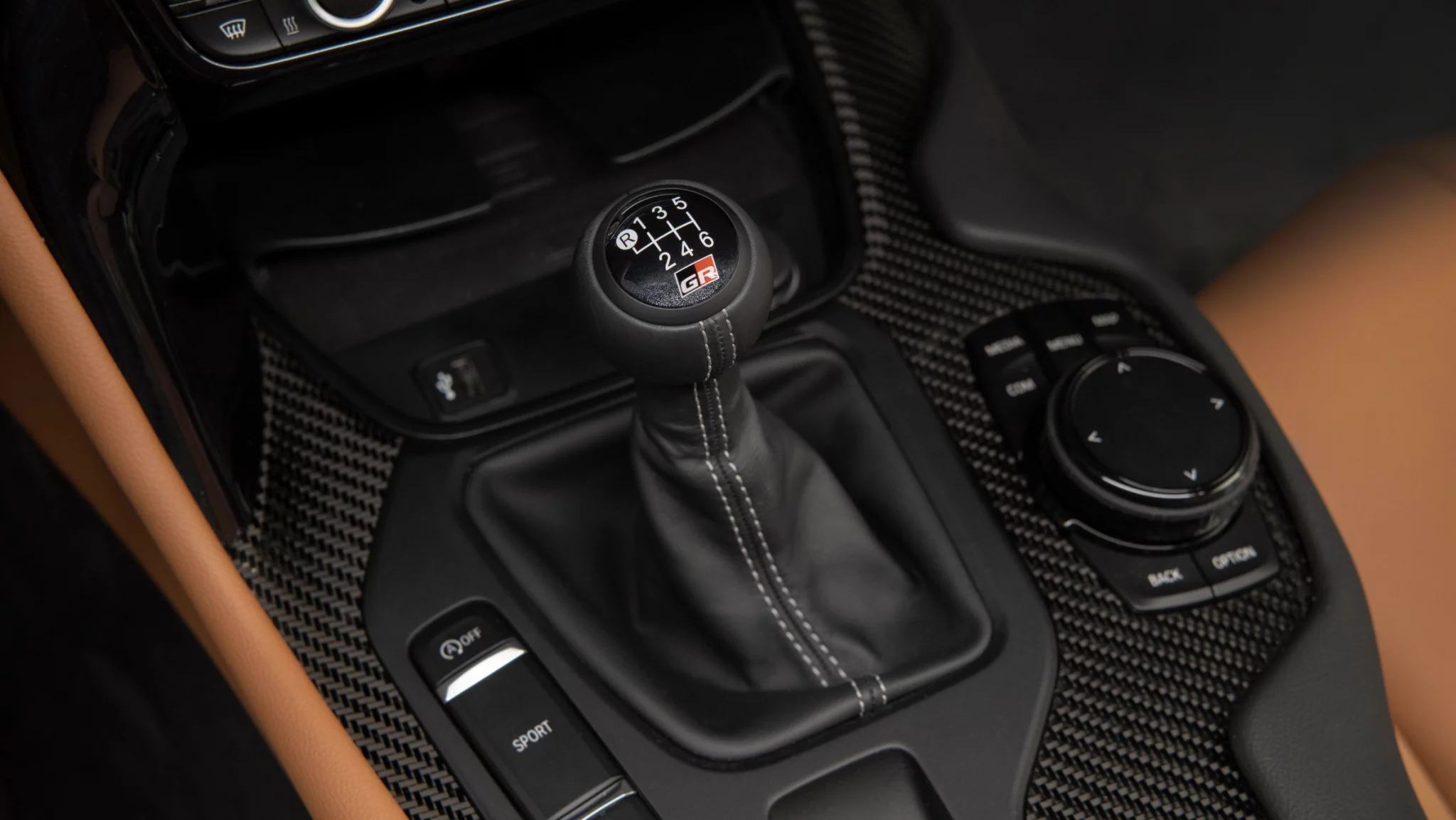Summary
- Automatic transmissions accounted for 99.3% of all cars sold in North America in 2019
- Despite the challenges, or maybe because of them, of the global pandemic and the supply chain, manual transmissions started to return
- Market share rose to 0.9% in 2021, 1.2% in 2022, and 1.7% in 2023
- Following this trend, manual transmissions are likely to cross over the 2% mark for 2024
- We think that the combination of young enthusiast drivers and performance-oriented variants of many cars are the biggest driving factors for this resurgence.
Just a few short years ago, it seemed that manual transmissions were on the brink of extinction. Automatic transmissions, dual-clutch semi-automatics, and direct drive EV transmissions have all enjoyed massive popularity.
However, a surprising trend has emerged in the past five years. The “row your own” transmission is making a resurgence, especially in new cars both globally, and surprisingly, in North America.
No Subscription? You’re missing out
Get immediate ad-free access to all our premium content.
Get Started



